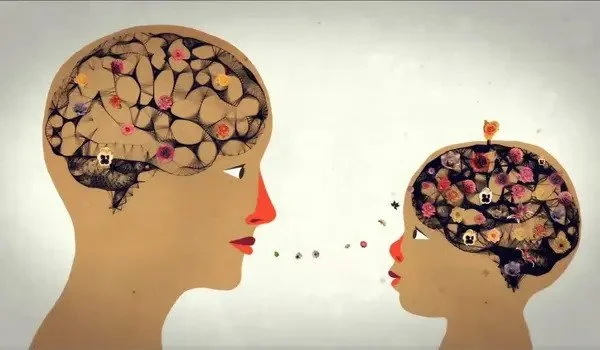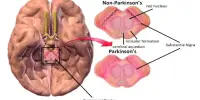Neuroscientists have long been interested in the organization of language in the brain, particularly using techniques such as functional magnetic resonance imaging (fMRI) and electroencephalography (EEG). A new study has shown the first precise location of language functions in the brain. The findings could help in therapeutic trials addressing language recovery following brain injury.
Language is the most crucial instrument for human communication and is required for survival in our society. “Despite extensive neuroscientific research on language representation, little is known about language organization in the human brain.” “Much of what we know comes from single studies with small numbers of subjects and has not been confirmed in follow-up studies,” says Dr Sabrina Turker of the Max Planck Institute for Human Cognitive and Brain Sciences in Leipzig. This meta-analysis intends to help change that.
Researchers have also discovered that there can be individual variances in the brain’s arrangement of language, which can be influenced by factors such as bilingualism, multilingualism, and the age at which individuals are introduced to multiple languages.
Our findings may serve future studies involving language recovery after brain injury, such as stroke. They may also aid in the refinement of language processing models.
Professor Gesa Hartwigsen
The analysis, which is based on more than 400 neuroscientific experiments utilizing functional imaging and involving over 7000 people, provides detailed insights into how the brain organizes language. To combine the many findings from diverse research in the most comprehensive and impartial way possible, a quantitative, coordinate-based meta-analysis was performed. This allows researchers to observe where the brain is active when specific linguistic processes occur. This technique sheds light on fundamental rules governing how the brain organizes language processing.
The researchers studied language as a whole but also specifically addressed subordinate processes: the meaning of language at the level of words and sentences (semantics); the phonetic structure of language (phonology); grammar and the arrangement of linguistic elements (syntax); and the phonetic structure of language at the sentence level (prosody), which includes melody, intonation, and rhythm.

In addition to the classical language regions in the left hemisphere of the brain, the authors of the study found that structures in the brain regions below the cerebral cortex and the cerebellum play a key role in language processes.
“These regions have been rather neglected in previous neuroscientific research on language,” Gesa Hartwigsen, Professor of Cognitive and Biological Psychology at Leipzig University, adds. “In particular, the left and right cerebellum are involved in processes related to language meaning and sound processing.” Phonetic patterns that transcend individual words and convey emotional meaning, on the other hand, are related with activation in the right amygdala, a paired core part of the brain.” She emphasizes how this component affects emotion and memory.
“Our findings may serve future studies involving language recovery after brain injury, such as stroke,” says Professor Gesa Hartwigsen. They may also aid in the refinement of language processing models.”
















